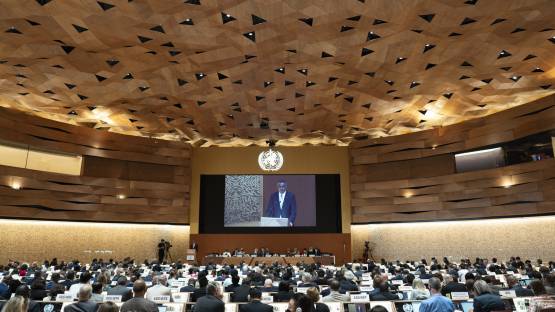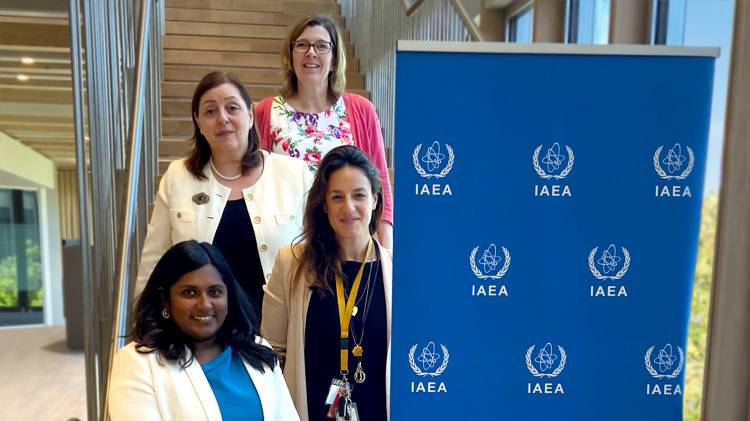The IAEA is playing an active role in assisting countries to access the many beneficial applications of nuclear science and technology in key health areas, IAEA Director General Rafael Mariano Grossi said to the 75th World Health Assembly (WHA), which convened in Geneva last week. In a video address to the WHA – the decision making body of the World Health Organization (WHO) – Mr Grossi re-affirmed the IAEA’s continued close cooperation with WHO in areas such as cancer, nutrition and zoonotic diseases. Most recently, in February, the two organizations emphasized their ongoing efforts to jointly reduce the global inequity in access to cancer care, within the context of the IAEA’s Rays of Hope initiative and WHO cancer care initiatives.
“Rays of Hope will help developing countries fight the growing cancer crisis by providing greater access to lifesaving nuclear medicines, such as radiotherapy,” Mr Grossi said. “Meanwhile, through our ZODIAC project, the IAEA is also committed to strengthening global preparedness for future pandemics. I look forward to our further cooperation with WHO.”








